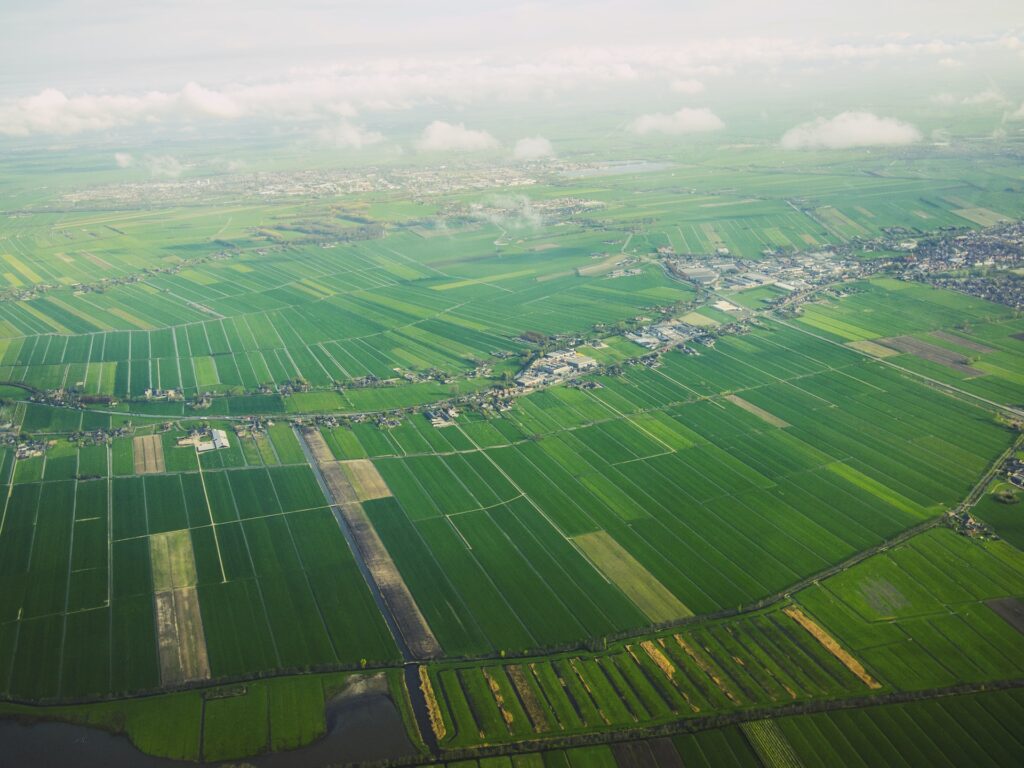
What does carbon footprint mean? What are carbon emissions? What is Net Zero? This is our ultimate guide to carbon and climate-related terms.
Let’s begin with the climate, climate change, global warming and all the terminology we have been hearing about for decades:
What is climate change?
Climate change is when weather patterns and temperatures change over a long period of time. You might also hear human-induced climate change which refers to the same alteration in weather but directly attributed to human activity such as burning fossil fuels.
Greenhouse gas (GHG)
These are gases that trap heat in the atmosphere and contribute to the heating of the planet through a greenhouse effect.
Carbon Dioxide
This makes us 80% of all greenhouse gas (GHG) emissions. This is mainly due to the fossil fuels we burn and the process of making cement for example.
CO2
Same as above.
Global warming
This is when the earth’s climate system warms up due to human activities like burning fossil fuels that cause a greenhouse effect by trapping heat in the atmosphere.
Methane (CH₄)
Famously produced from livestock. This makes up about 10% of all greenhouse gases and is more potent than CO2.
Nitrous oxide (N₂O)
This makes up around 7% of greenhouse gas emissions and is generated through cattle rearing, fossil fuel combustion among other activities.
Fluorinated gases
These are the most potent and make up around 3% of all greenhouse gas emissions. These include: Nitrogen trifluoride and sulfur hexafluoride.
Fossil fuels
A fossil fuel is the decomposing of deceased plants and animals that have fossilized underground. These fossils contain hydrogen and carbon and are burned to produce energy. Coal, crude oil, and natural gas are the most common types of fossil fuels.
Biogenic CO2 emissions
These result from the combustion or biodegradation of biomass and biomass is any material or fuel produced by biological processes of living organisms.
Carbon footprint
You may often hear people ask you – what is your carbon footprint? They are referring to your annual greenhouse gas (GHG) emissions resulting from your day-to-day actions. For example the carbon emissions from taking a flight would be attributed to the gases released from the plane while you are flying.

Okay now for the optimistic lingo. Below, you’ll find out what reducing your carbon footprint would look like and what the difference is between Carbon Neutral and Net Zero.
Carbon neutral
This is when a company measures its greenhouse GHG emissions and compensates for these emissions by donating to a certified carbon offsetting organisation. When you donate to a carbon offsetting organisation you will be helping to stop deforestation and support green energy practices around the world. Stand for Trees can help you reach carbon neutral.
Net Zero
This is when a company reduces its greenhouse gas (GHG) emissions to almost nothing and then compensates for the unavoidable emissions by financing carbon capture initiatives. The difference between carbon neutral and net zero is the aggressive reduction of GHG emissions across the entire value chain. Net zero requires a company to account for and reduce its direct and indirect GHG emissions. In 2021, science-based targets released the first ever standard for reaching net zero which includes a company reducing its carbon emissions by 90-90%.
Carbon negative
This is very much like carbon neutral but the company decides to offset more than the emissions it is generating.
Climate positive
The same as carbon negative.
Carbon footprint calculator
This is a tool you can use to measure your carbon footprint. There are many online carbon footprint calculators like this one.
Let KGM Climate Consultancy help you measure your company’s carbon footprint by clicking here.
Carbon offsetting
This is when you calculate your GHG emissions and offset the amount by donating money to a carbon offsetting company. The company receiving the donation works with projects around the world that are helping to prevent carbon emitting activities like deforestation. Carbon offsetting has received mixed reviews and has been attributed to greenwashing in many instances. Check this Guardian article out for more information.
Carbon credits
These are tradable certificates that allow a company to emit a certain tonnage of carbon. You can buy these in order to offset your carbon emissions. So, say you took a flight that emitted two tonnes of CO2 you could buy credits to say you are allowed to emit this amount of carbon. The company you buy these from would be involved in reforestation, preventing deforestation or carbon capture.
Carbon capture companies
These are companies that are sucking carbon from the air using giant machines. Many experts say these companies hold the key to slowing down climate change. Check out tomorrow’s air for more information.
COP26
This was a climate conference held in Glasgow in 2021 and attended by leaders and representatives of almost every country around the world. The aim was to deliver new commitments to implement in order to keep the planet’s warming to 1.5 degrees and accelerate action towards the goals of the Paris Agreement and the UN Framework Convention on Climate Change.
Paris Agreement
The Paris Agreement was agreed in 2016 and is a legal commitment made by 196 countries to tackle climate change. One of the main aims of the Paris Agreement is to keep the planet’s temperature well under 2 degrees.

Okay, so how do we reach Net Zero and keep the planet at 1.5 degrees? The biggest change needs to come from the way we generate and use energy. Scroll down to discover some key energy-related terminology.
Renewable energy (renewables)
A renewable energy from a source that is not involved in the fossil fuel process and is instead sourced from naturally replenished means. It is thought that this energy is never ending but has limits in its output at a certain moment in time.
The major types of renewables are:
Biomass
Wood and wood waste
Municipal solid waste
Landfill gas and biogas
Ethanol
Biodiesel
Hydropower
Geothermal
Wind
Solar
Clean energy
Clean energy is the same as a renewable energy in that it sources energy from a means that is never ending and derives from a natural source that doesn’t release greenhouse gases as opposed to the extraction and burning of fossil fuels.
Energy attribute certificates
A category of contractual instrument that represents certain information (or attributes) about energy generated, but DOES NOT represent the energy itself. This category includes a variety of instruments with different names, including certificates, tags, credits, or generator declarations. Examples: In the US they are called: Renewable Energy Certificates in the EU they are called Guarantee of Origin. Renewable Energy Guarantees of Origin (REGOs) in the UK.
REC – Renewable Energy Certificate
A tradable, contractual instrument that represents the full suite of attributes of one Megawatt hour of renewable energy generated on the electricity grid.
Want to measure your business’s carbon footprint? contact us today for a free consultancy.


